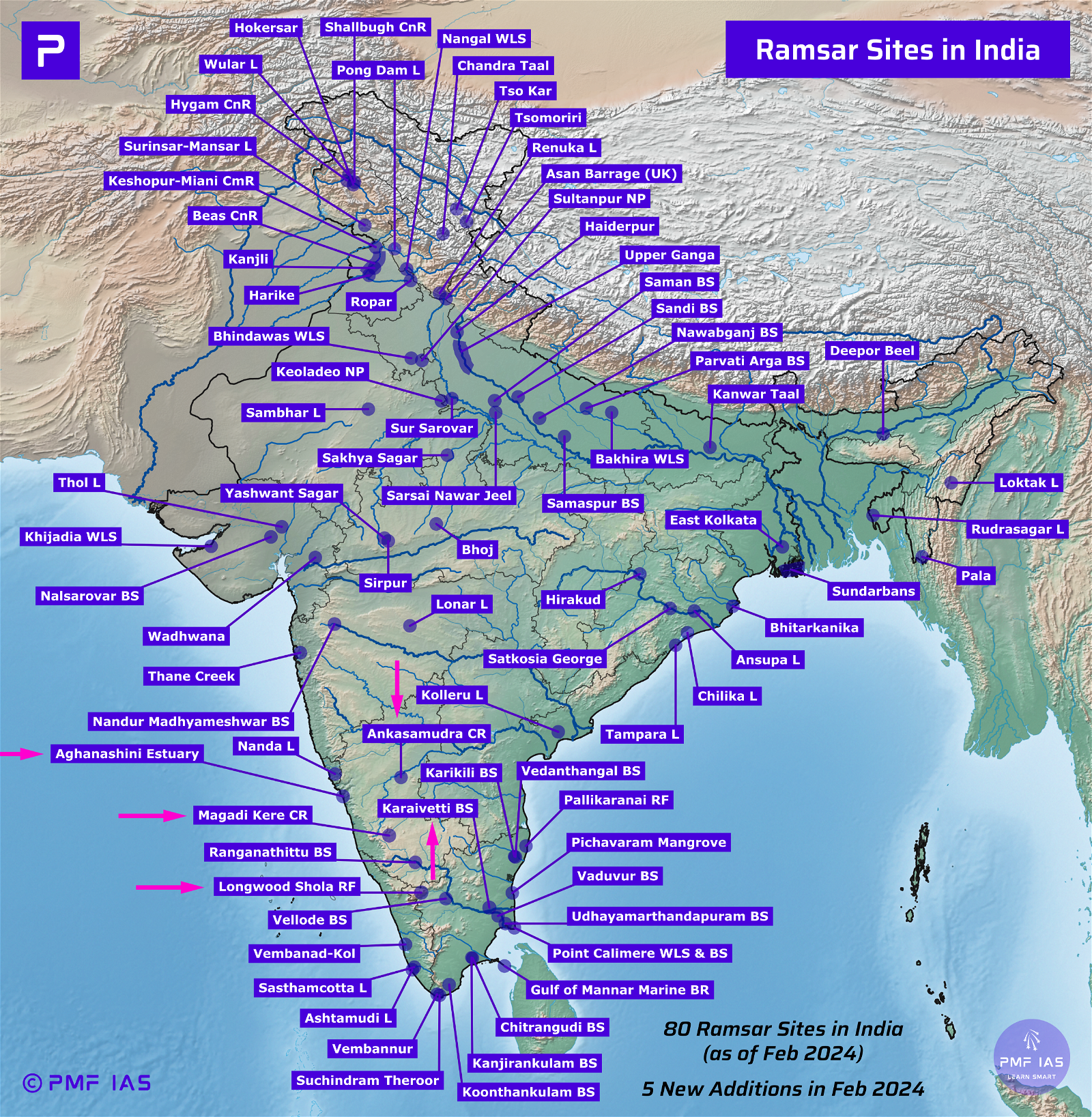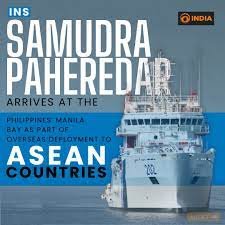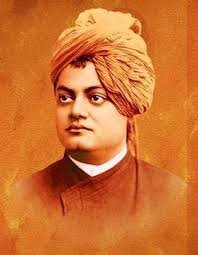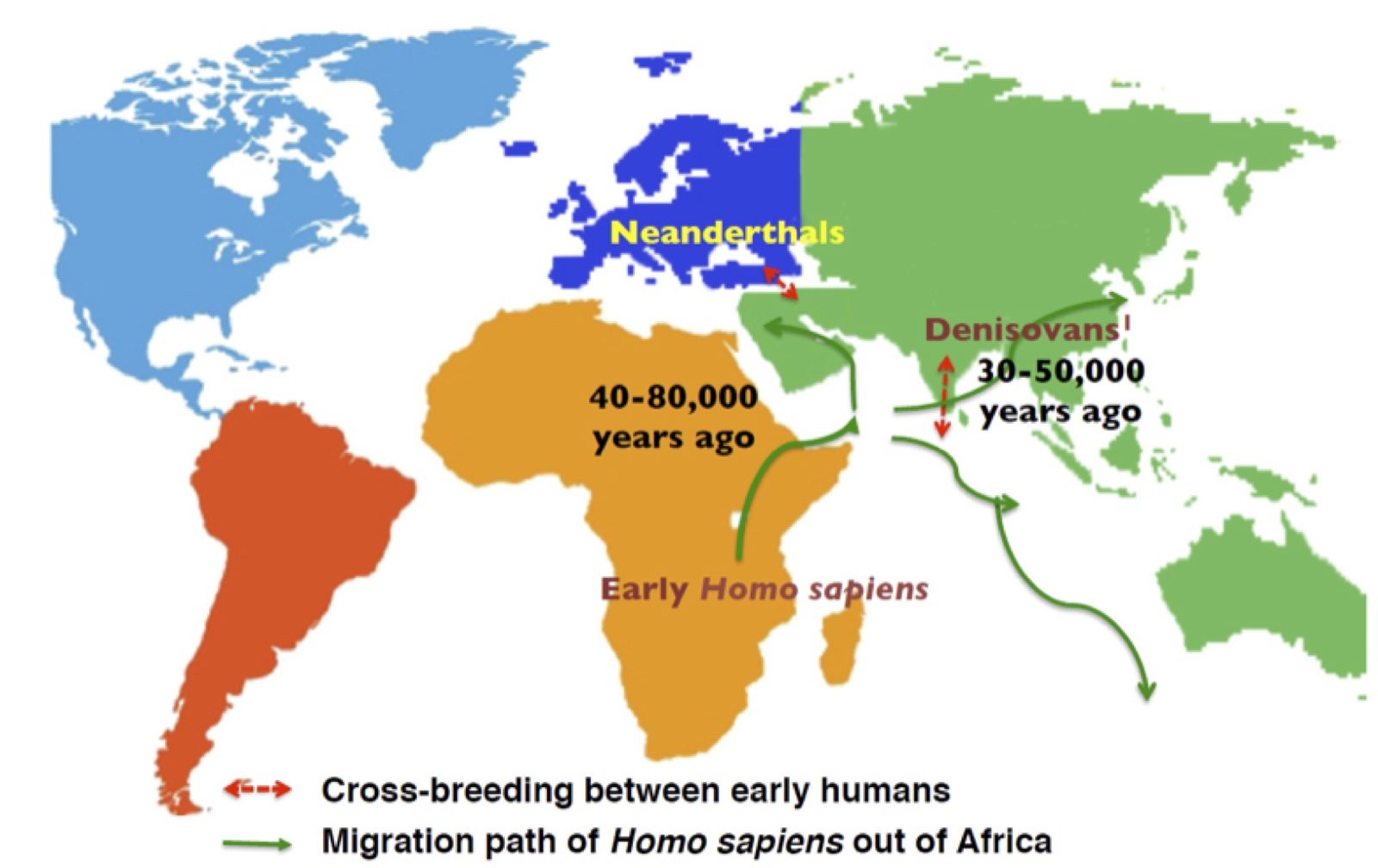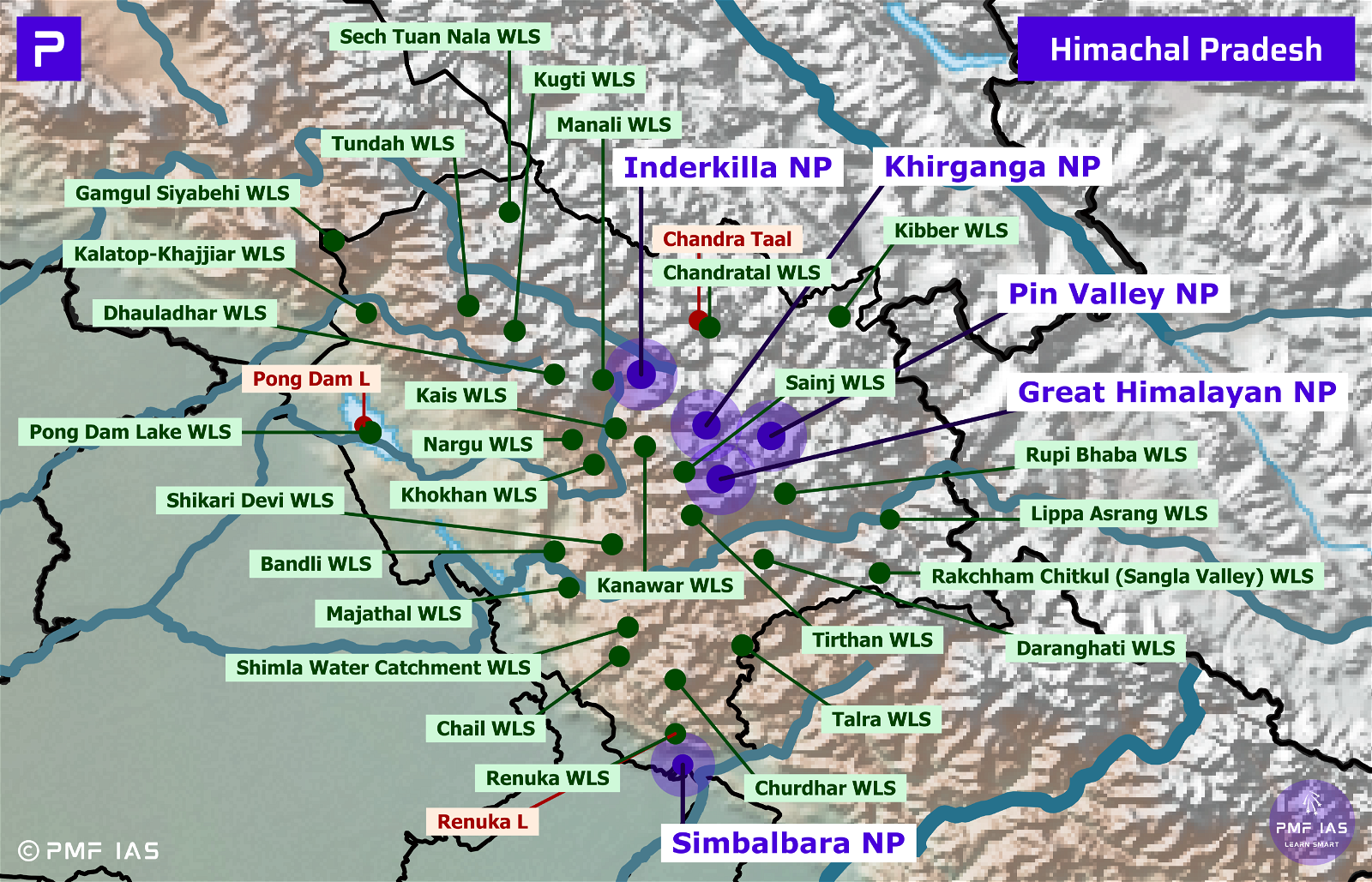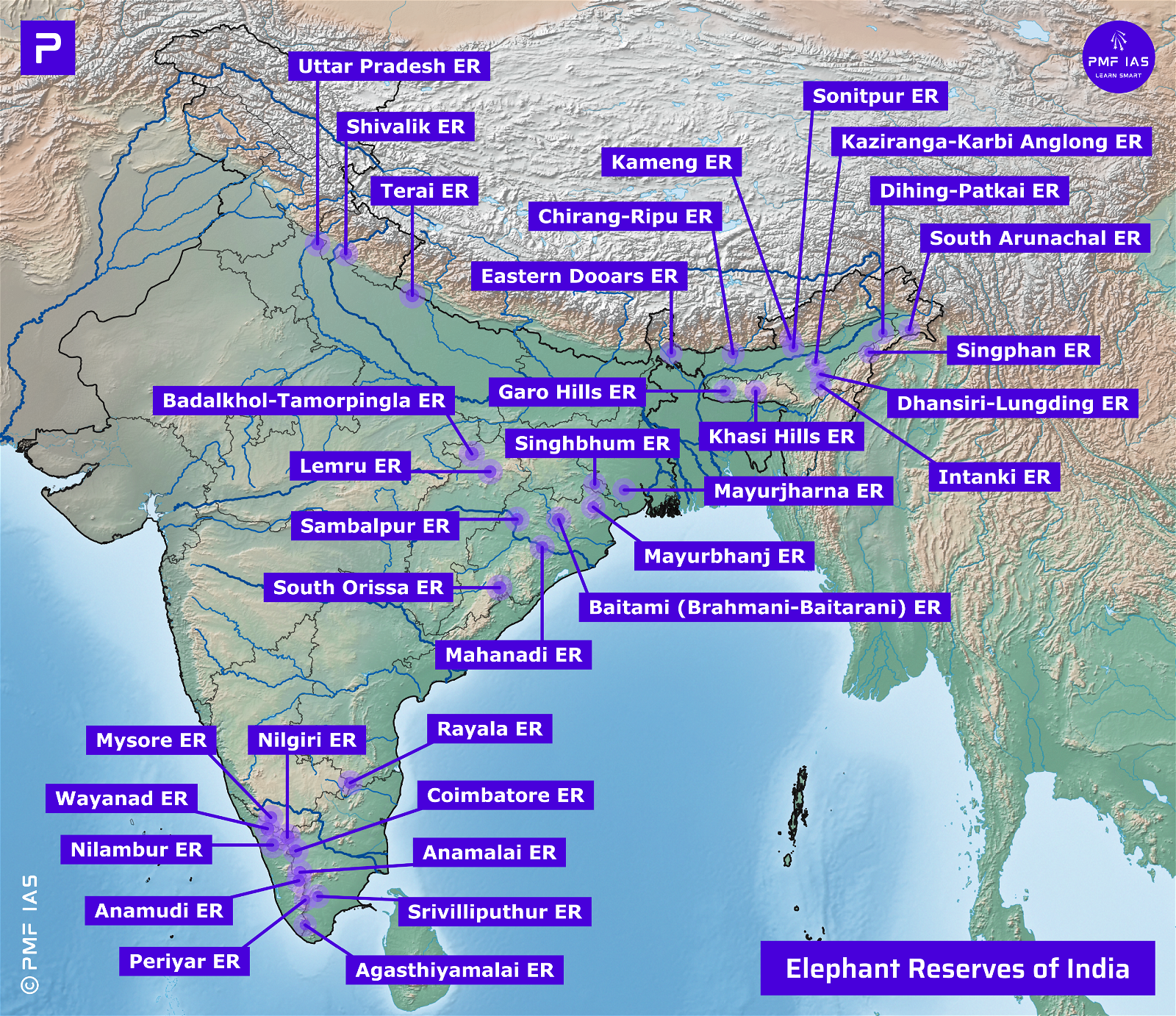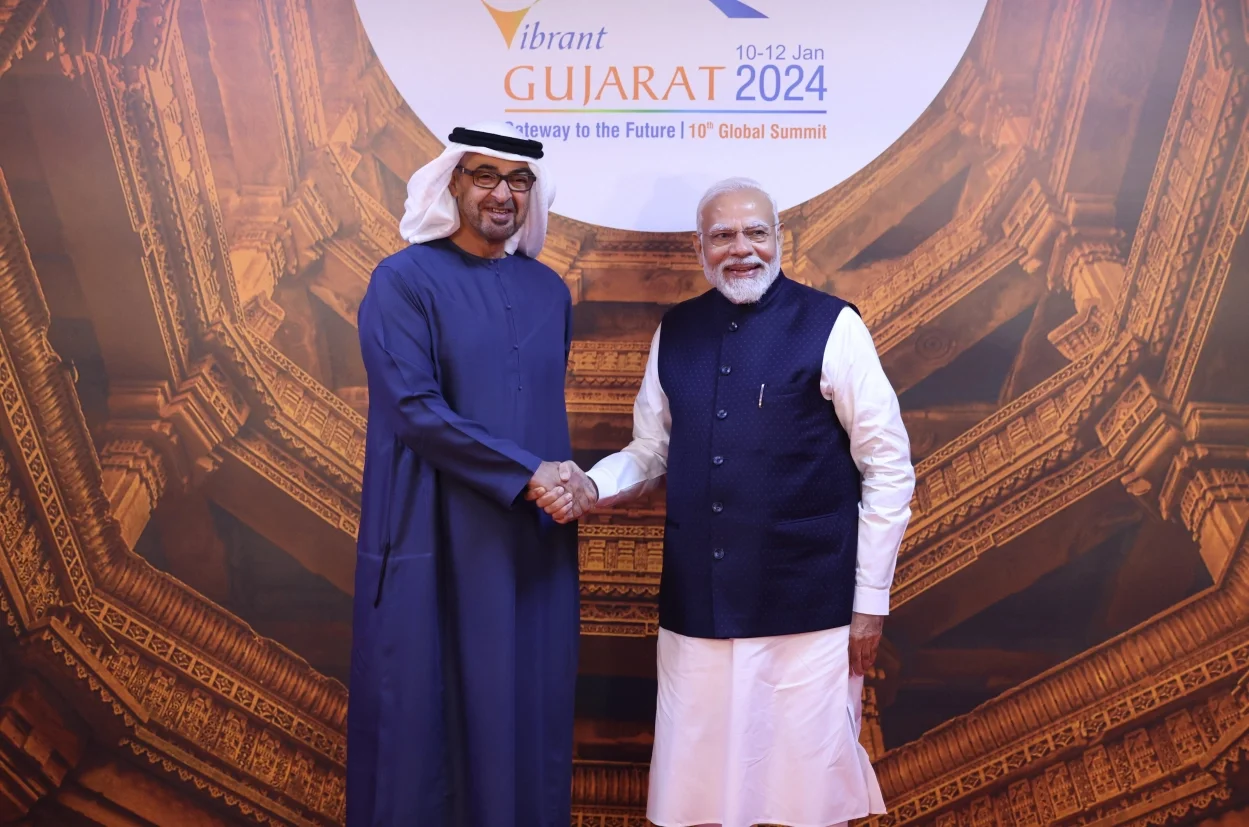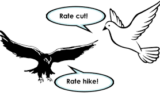
Republic Day Tableaux
Subscribe to Never Miss an Important Update! Assured Discounts on New Products!
Must Join PMF IAS Telegram Channel & PMF IAS History Telegram Channel
Muria Darbar
- Context (Org I HT): Chattisgarh tableau featured Muria Darbar, 600-year-old Aadim Jansansad, reflecting democracy in and Limbu Raja’s natural stone throne.
- The tableau has been chosen in line with the theme of this year’s Republic Day celebration, i.e. “Bharat is the mother of democracy. “
- Limau Raja’s natural throne symbolises collective wisdom, while Muria Darbar, with its roots reaching back centuries, remains a living legacy of tribal democracy.
- Bastar ki Aadim Jansansad means Primitive People’s Parliament of Bastar.
- It is a gathering of the Janjati people to discuss community issues and welfare initiatives.
- The tradition has been an integral part of the tribal heartland of Bastar for centuries.
- The Darbar is an unalienable part of the concluding ceremony of the Bastar Dusshera.
- The Darbar tradition traces its roots near Limbu Raja in the Kondagaon district, symbolising an ancient lemon kingship where decisions used to be made with the collective consciousness of the people.
- Earlier in the Muria court, the king and the officials of the princely state used to listen to the words of the Manjhis (Heads), and the then administration used to take the initiative to solve them.
- After independence, the appearance of the Muria court changed. Since 1947, along with the king, public representatives have also started joining it.
- Now, elected public representatives and senior officials of the Bastar division are present in the Muria court of Bastar. They take applications from the villagers.
- The CM of Chhattisgarh has also attended almost every Muria Darbar since 2009-10.
Dhordo
- Context (DH): Dhordo, the gateway to the Rann of Kutch, was the theme of Gujarat’s tableau in the Republic Day parade.
- Dhordo village in Gujarat has earned recognition from the United Nations World Tourism Organization (UNWTO) for being one of the Best Tourism Villages in 2023.
- Dhordo is a village located in the Kutch district of Gujarat on the edge of the India-Pakistan border.
- The Rann of Kutch is a vast salt marsh that transforms into a white desert during the winter months.
- The desert was earlier a part of the Arabian Sea, and it is believed to have emerged a few thousand years ago due to tectonic movements.
- The desert area turns into a shallow lake during monsoons.
- The desert is home to the Flamingo City, where the birds breed and lay their eggs spread over a huge expanse of land.
- Dhordo is famous for its traditional handicrafts, folk music and the annual Rann Utsav.
- It is also famous for its sprawling Dhordo Tent City.
- Dhordo gained prominence when the Rann Utsav, Gujarat’s flagship tourism event, was inaugurated by then-CM Narendra Modi in 2006.
- Dhordo is renowned for its hand-embroidered mirror work, especially on chaniya-cholis.
- Locals from the Mutwa community (From Sindh) excel in their distinct appearance and the Kutchi dialect.
- Mud-based mirror-work decorating houses is another cherished local craft
- Initially, the Rann Utsav faced opposition from locals and environmentalists who feared it would disrupt the region’s fragile ecology. However, over time, it has become a vital source of income for the region, earning local appreciation.

About the United Nations World Tourism Organization:
- The United Nations World Tourism Organization (UNWTO) is a specialised agency of the United Nations that promotes responsible, sustainable, and universally accessible tourism.
- The UNWTO is headquartered in Madrid, Spain.
- The UNWTO promotes tourism as a driver of Economic growth, Inclusive development, and Environmental sustainability.
UNWTO Recognition of villages
- The UNWTO recognises villages that contribute to rural development and preserve landscapes, cultural diversity, and culinary traditions.
- These villages excel in various areas, including cultural and natural resources, sustainability, and tourism development.
- The Best Tourism Villages initiative, launched in 2021, is part of the UNWTO’s efforts to promote rural development, combat depopulation, and encourage sustainable practices through tourism.
Kudavolai System
- Context (TP): Tamil Nadu’s tableau in the Republic Day parade highlighted the historical significance of the Kudavolai electoral system.
- This system emerged during the 10th-century Chola era.
- The tableau also featured a model of the Vaikunda Perumal Temple in Uttaramerur, where the Kudavolai system is still practised.
- The Uttaramerur inscriptions detail the Kudavolai system, and the Kanthaleeswarar Temple inscriptions outline qualifications for village council members, both situated in TN’s Kancheepuram district.
Election Process
- This system was a very notable and unique feature of the village administration of the Cholas.
- Each village under the Chola administration had a village assembly known as the UR or the Sabha.
- There were 30 wards in each village, and a representative for each ward was elected.
- Names of the contestants from whom one could be chosen were written on palm leaf tickets.
- These palm leaves were put into a pot and shuffled. A small boy picked up palm leaves one by one from the pot.
- Persons whose name tickets were picked up by the boy were declared elected.
- Like that, 30 members for thirty wards were elected. Out of the thirty elected members,
- Twelve members were appointed to the Annual Committee;
- Twelve members were appointed as members of the Garden Committee and
- Six members of the Tank Committee.
- Members of the standing committee and a Gold committee were also elected.
Qualification Criteria
- A person who could be chosen through the Kudavolai system must be aged between 35 and 70.
- He should possess one veli land and a house built in taxable land on his site.
- He should know Vedas and mantras.
- Persons who killed brahmins or women, cows or children were disqualified.
- Thieves, drunkards and people who had undergone punishments were also disqualified from contesting elections.
Administration under Chola Rulers
- The Chola administration served as a model for all the other kingdoms of the South.
- The king had a council of ministers.
- The kingdom was divided into a number of provinces known as Mandalams.
- The Mandalams, in turn, were divided into Valanadu and Nadus.
- The next administrative sub-divisions were Kurrams and Kottams.
- The unique feature of the Chola administration was the Local Self Government.
- The villagers themselves carried out village administration. It was more or less like the modern Panchayat Raj.
- Each village had a village assembly known as the Ur or the Sabha.
- There was a committee to look after the specified departments, such as justice, law and order, irrigation, etc., which were called Variyams.
- The Chola self-government was built on ‘general assemblies’/’sabhas’ /’mahasabhas’ of the villages.
- The best aspects of the Chola administration were followed by the rulers of the later period.
Taxation details
- The rulers were considerate while taxing agricultural produce.
- For areca nuts, only 50% tax would be collected for the first ten years after cultivation. Farmers would pay total tax only after the trees started yielding fruits.
- Similarly, a 50% tax was imposed on banana crops until the yield.
Uttaramerur Inscriptions
Agamas Text
|
Ghoomar Dance
- Context (DH): Rajasthan tableau depicts the Ghoomar dance, Meera Bai’s statue, and traditional handicrafts of Bandhej, Bagru print, and Applique work.
- Ghoomar, also known as Gangore.
- The folk dance form Ghoomar is the most famous folk dance form of Rajasthan known by the people.
- The Bhil tribe performed it to worship Goddess Sarasvati, and other Rajasthani communities later adopted it.
- It is distinguished by the women’s pirouetting moves, which highlight the multicoloured vibrancies of the flowing Ghagra.
- This folk dance is performed by women only. It is acknowledged as the state dance of Rajasthan.
- It involves rhythmic hand movements and is generally performed in a group in a circular motion.
- In this dance form, there are different leg positions used, and the positions of leg movements are locally called Sawai.
- Dhol, Nagaada, and Shehnai are essential components of this famous folk dance.

Bandhej
- Bandhani is also known as Bandhej.
- It is a type of tie and dye textile that is adorned by plucking the cloth into many bindings that form a design.
- It is Practised mainly in the states of Rajasthan, Gujarat and some parts of Uttar Pradesh, the word Bandhani is derived from the Sanskrit word ‘Banda’, which means ‘to tie’.
- It is a dyeing process where the fabric is pinched and tied with thread before it is dyed to create a pattern made up of tiny dots.
- This is one of the most basic of all textile arts.

Bagru print
- Bagru print is a form of hand block printing done with natural colours.
- The unique method for printing employs a wooden block in it.
- In this process, the desired design is engraved first on a wooden block, and then a carved block is used to replicate the design in the preferred colour on the fabric.

Applique of Rajasthan
- Applique is a decorative artwork in which one cloth is sewn or fixed onto another, or glass pieces, metals, wood or metal wires decorate a fabric.
- It is said that ‘Applique’ work came into India in the 19th Century either from Europe or Arabia in the Middle East through trade contacts.
- ‘Appliqué’ work in Rajasthan echoes the magic of colour whilst offering that oriental charm of multicoloured harmony.
- Applique in Rajasthan is done with embroidery. This is done on almost all things, such as clothes, bed sheets, lampshades and wall hangings.
- The two notable Applique works of Rajasthan are ‘Gota’ and ‘Kinari’ work.
- The Gota work uses the ‘Applique’ works in both the classical and folk designs. The Gota work is mainly done on the costumes for women.
- The ‘Barmer Applique’ is traditionally sewn on bedspreads of black and brown bases, while the motifs are of natural scenes.
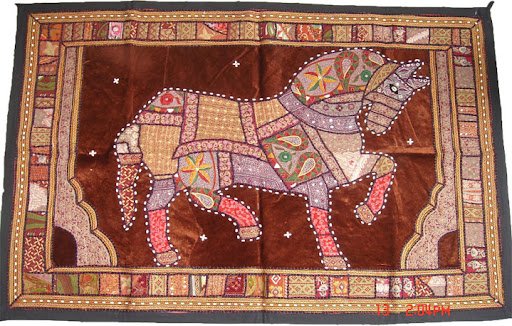





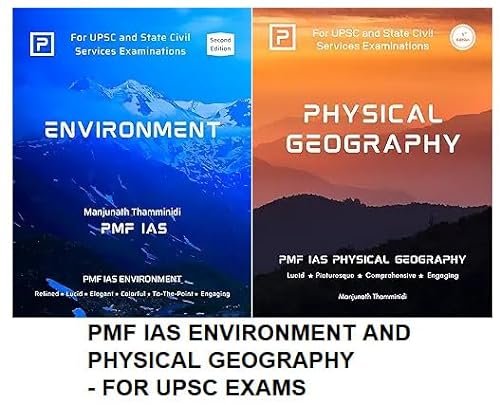
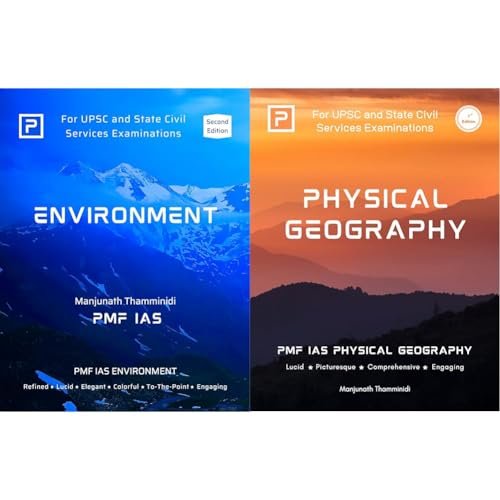
![PMF IAS Environment for UPSC 2022-23 [paperback] PMF IAS [Nov 30, 2021]…](https://pmfias.b-cdn.net/wp-content/uploads/2024/04/pmfiasenvironmentforupsc2022-23paperbackpmfiasnov302021.jpg)
